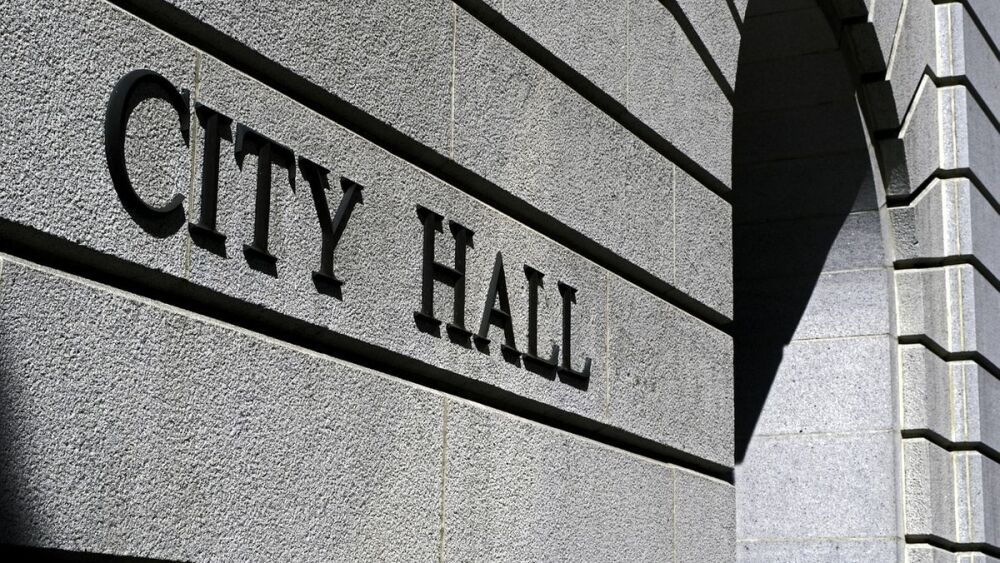What Happened?
New research suggests street designs and intersections could be safer if urban planners took bicycle crash data into account.
The Study
According to a report published in the journal Injury Prevention, police departments are currently using outdated reporting methods to keep track of bicycle crashes very similar to methods used for motor vehicle accidents. The researchers argue if police collected more detailed data on roadway collisions – making clear distinctions between cars and bicycles – urban planners could use the information to improve street designs and intersection safety, CityLab reported.
The study looked at a more detailed template for police to use when recording crashes that called for increased data collection. With more information gathered, the researchers believe cities will have a better understanding of how bicycle crashes occur, and what new innovations could make bicycle navigation safer. The researchers identified a set of variables for police to look at when reporting a crash including:
- 4 bicycle environments: no bike lane, sharrows, painted bike lane and cycle track
- 18 motor vehicle potential impact points – such as opening doors
- 4 bicycle potential impact points
- 10 bicycle-crash-scene patterns
- Type of motor vehicle involved
- If the bicyclist was in a bike lane
In the vast majority of bicycle crashes, the researchers found motorists involved did not see the cyclists before the incident. The data collection could help create new solutions to make drivers more aware of nearby cyclists, as well as alert bikers to potential threats, CityLab reported.
Back To The Original
In New York City’s Central Park, congested areas are creating safety risks for pedestrians and bicyclists. After analyzing the layout of one of the city’s greatest attractions, many residents feel different modes of transportation should be segregated throughout the park’s various pathways, The New York Times reported.
In Central Park’s original design, the planners included several arched roads intended to separate pedestrians from carriage traffic, while adding an aesthetic purpose as well. According to the Central Park Arch Project, if the city were to restore many of the unused arched roadways, pedestrians would be able to walk below while bicycles and carriages could flow freely above.
Other organizations are calling for the park to become car-free to further increase pedestrian and cyclist safety. This would allow the city to remove stoplights from Central Park’s six-mile main loop, making the area more pedestrian-centric, CityLab reported.
Removing Traffic Lights
It may seem counterintuitive, but research suggests that removing traffic signals in certain intersections can greatly improve safety for motorists, cyclists and pedestrians. A study conducted by Wayne State University civil engineers looked at the impact of replacing several underutilized traffic signals with two-way and four-way stops in Detroit. The researchers concluded traffic signal removal can:
- Improve overall traffic safety, specifically on one-way streets, by making drivers and pedestrians pay more attention
- Reduce expenditures as a single traffic light can cost $8,000 annually
- Maintain traffic flow in low-traffic or off-peak situations, as well as make pedestrian flow a priority in high-density areas
- Ensure traffic signals are maintained for local residents, not commuters
The study underscored the importance of selecting traffic signals for removal based on traffic volume, focusing on communities where driving personal vehicles is on the decline and pedestrian density is on the rise.












